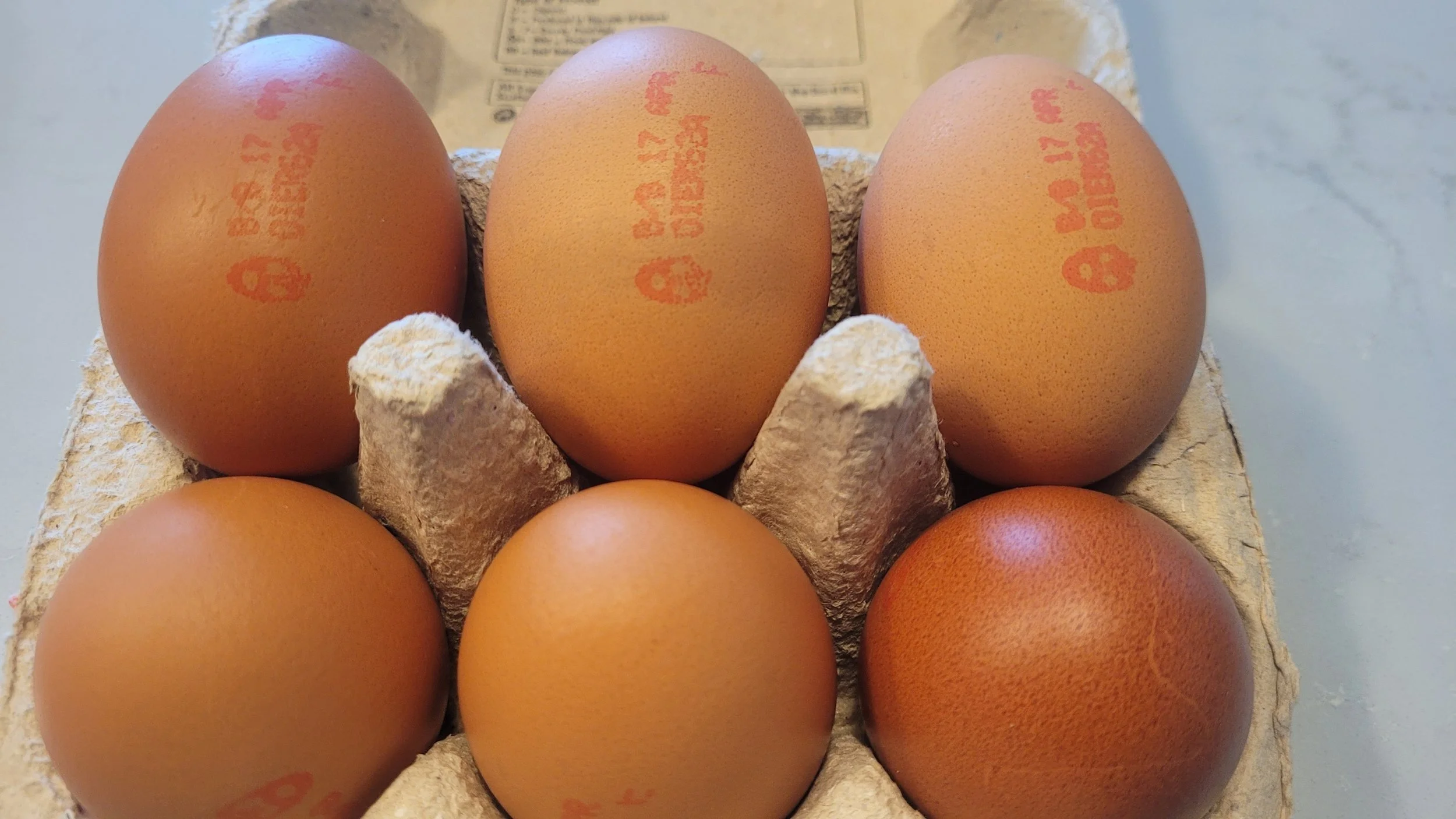Decoding CIJ Inks: A Journey Through Manufacturing, Specialised Formulations, and Industry Applications
CIJ (Continuous Inkjet) inks have a pivotal role in modern-day industrial applications. In a broad spectrum of sectors, their presence is evident, but not always recognised. From packaging to security applications, to temperature-sensitive scenarios, these special ink formulations are integral, highlighting the versatility and creativity that marks this industry.
CIJ inks are utilised in a diverse range of industries, but their prominence is seen most significantly in high-speed, high-volume applications such as product coding and marking. This process is an essential component of supply chains across the globe, contributing to product traceability and authenticity.
Food grade inks form one specialised category within the realm of CIJ inks, designed for use on food, for example, eggs. With stringent safety standards worldwide, these inks are created to be non-toxic and safe for indirect food contact - eggs are a good example as we don’t tend to eat the shell! Special formulations using food-grade dyes and pigments are developed to adhere to these standards, while also being compatible with a multitude of packaging materials.
For security measures, UV-readable inks have emerged as powerful tools. Invisible to the naked eye but visible under ultraviolet light, they provide a discreet layer of product protection, proving especially useful in deterring counterfeiting. The production of these inks requires precise balancing of ingredients, including photo-initiators, monomers, and oligomers that respond to UV light.
The fascinating world of temperature-sensitive inks brings us to the thermochromic and thermotropic types. Thermochromic inks are perhaps the more familiar of the two, changing colour with variations in temperature, and reverting to their original colour once the temperature changes back. These are utilised in a variety of applications, from safety warnings to interactive promotional materials.
Thermotropic inks, on the other hand, also respond to temperature changes, but instead of reverting, they change colour permanently when a specific threshold temperature is reached. This one-time, irreversible change makes thermotropic inks ideal for applications where permanent monitoring of maximum temperature exposure is required, such as in certain medical or perishable goods packaging.
Ink manufacturing, despite its fascinating output, is not without its challenges. Consistency in product performance is crucial, with high-quality raw materials and stringent quality checks forming the backbone of the production process. Waste management and the environmental impact of volatile organic compounds (VOCs) in inks are other significant concerns.
Manufacturers are countering these issues by investing heavily in Research & Development to devise environmentally-friendly ink formulations. Solutions such as water or soy-based solvents are becoming increasingly popular due to their ability to significantly reduce VOC emissions. Automation and machine learning are being employed to streamline the production process, enhance product consistency, and minimise waste.
Navigating through a multitude of regulations while also keeping up with advancing printing technology and end-user expectations, the CIJ ink manufacturing industry presents a dynamic and challenging landscape. With ongoing research and innovation, the future promises further exciting developments in this vital segment of the industrial sector.


